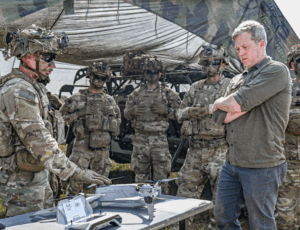
Federal agencies have yet to implement about a thousand recommendations to improve information security and many officials are increasingly unaware of the origins of cyber attacks on their networks, according to a new report from the Government Accountability Office.A House panel on Wednesday pressed GAO director Gene Dodaro and new federal CIO Suzette Kent on the report’s findings that the administration’s national cyber strategy lacks the necessary components to ensure federal agencies are able to protect their information systems in…

 By
By 











